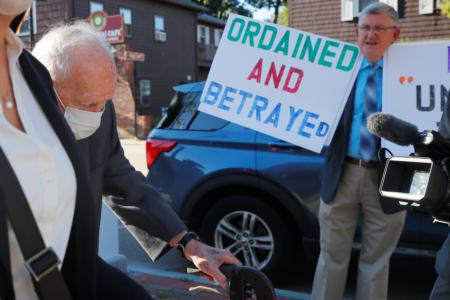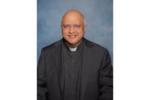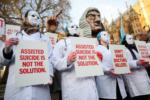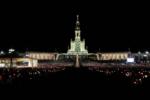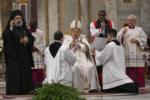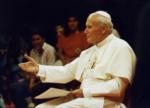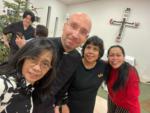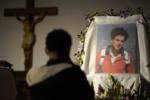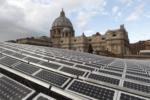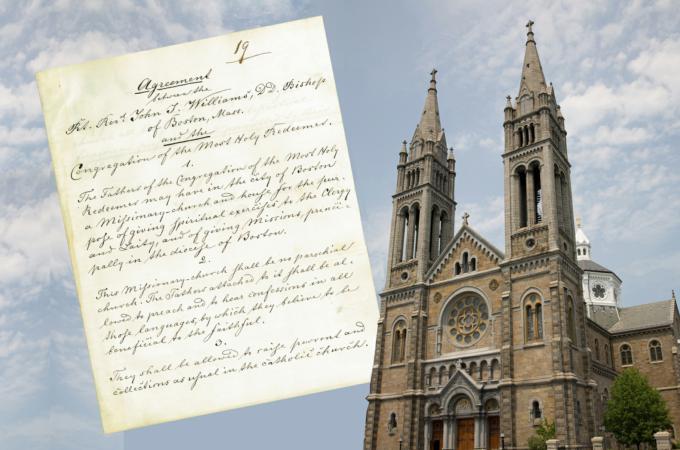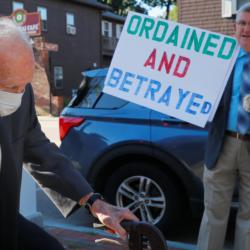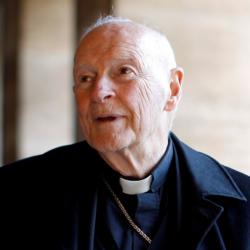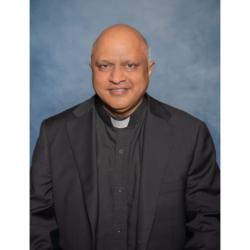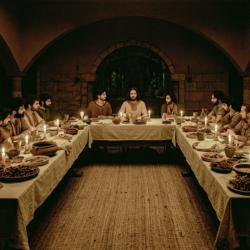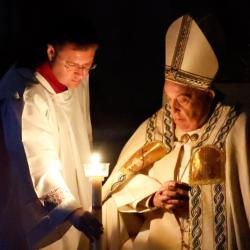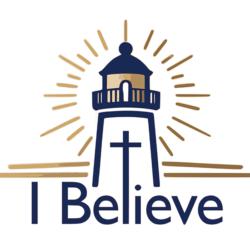The establishment of Mission Church
Within Archbishop John J. William's papers resides a document dating to Aug. 15, 1869, outlining the terms agreed upon with Father Joseph Helmpraecht, provincial superior of the Redemptorists, permitting the order to establish a church in the Diocese of Boston.
The Redemptorists, or Congregation of the Most Holy Redeemer, is a community of priests and lay brothers formed near Naples, Italy, in 1732. They made their first appearance in the U.S. 100 years later, initially establishing themselves in the Midwest, where they served German-speaking Catholics.
Their mission is to preach the Word of God, primarily through missions, retreats and novenas, and are known for their work with immigrant communities. Members are often multi-lingual, so Mass and other services were offered in various languages, and their parishes and missions often home to many lay-organizations to help support newly arrived immigrants. Historically, there has also been an emphasis on education, embodied by the establishment of parochial grammar and high schools. The order grew large enough in the U.S. so that by 1850 an American Province was created.
The agreement between Archbishop Williams and Father Helmpraecht was the result of a mission run by the Redemptorists at St. James, Boston, at the invitation of Father James Augustine Healy. Impressed with their work, he urged Archbishop Williams to invite the order to establish a permanent location in the archdiocese, and the agreement contains four points to that effect. First, the Redemptorists were permitted to have a "Missionary-church and house" within the City of Boston "for the purpose of giving Spiritual exercises to the Clergy and Laity, and ... missions" for those within the diocese. Second, the church would not be a parish church, and that the fathers will be allowed to preach and hear confessions in whatever languages they wish. Third, they could collect pew rent and take up collections to support the church and their work. And, finally, they were to be allowed "to perform in said church all the services and ecclesiastical functions prescribed and permitted by their Rule."
The church they reference is the Basilica of Our Lady of Perpetual Help, also known as the "Mission Church" or "Boston Basilica." Upon receiving permission to establish a church, the Redemptorists first founded a mission in the neighborhood on Parker Hill, until the present church was constructed between 1876 and 1878. Like the Cathedral of the Holy Cross built during the same era, it was constructed of Roxbury pudding stone and trimmed in Quincy granite. It is cruciform in shape, with the notable feature of an octagonal dome where the nave and the transept intersect.
Contrary to the original terms, the church did eventually become a parish church in 1883, and another piece of correspondence reveals that Father Helmpraecht wrote to Archbishop Williams in November 1875, requesting that they assume responsibility for the new parish being planned in the area surrounding the church.
A parochial grammar school was completed in 1889, including an adjacent convent for the Sisters of Notre Dame who taught at the school, and in 1925 a high school was added, staffed by the Xaverian Brothers. Another noteworthy component of the parish is the number of priests who serve as chaplains, especially at the hospitals in the nearby Longwood Medical Area.
Our Lady of Perpetual help has always served a diverse congregation and over the decades adapted to meet the needs of new immigrant communities as they arrived in the area. It has a rich history that deserves further attention, and those who would like to read more may want to start by consulting "The Glories of Mary in Boston," an early history of the parish by Father John F. Byrne, C.SS.R., published in 1921.
- Thomas Lester is the archivist of the Archdiocese of Boston.
